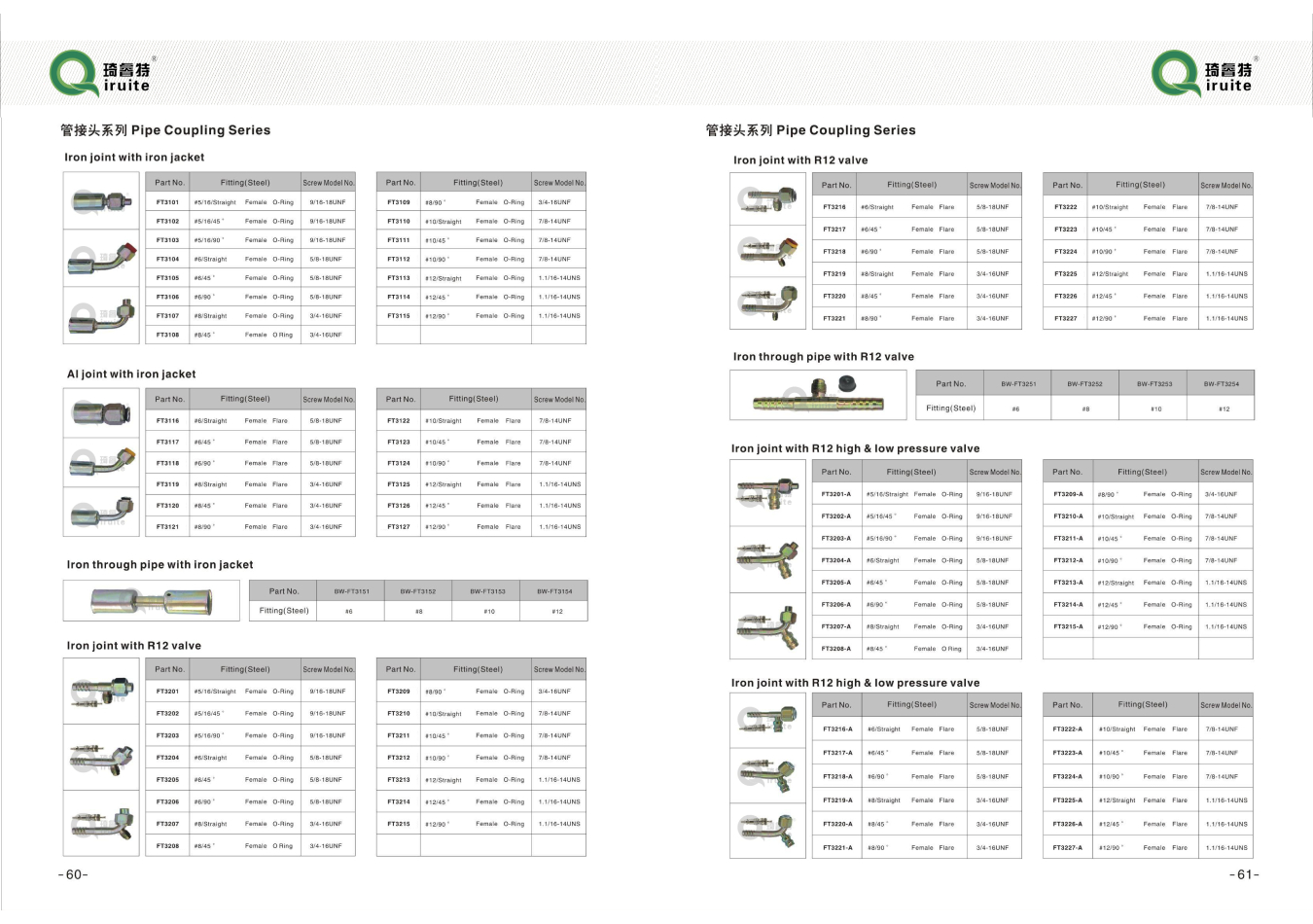Steps for Changing the Power Steering Hose in Your Vehicle
Replacing Power Steering Hose A Comprehensive Guide
Power steering is an essential feature in modern vehicles, allowing drivers to maneuver their cars with minimal effort. One critical component of the power steering system is the power steering hose. Over time, these hoses can wear out, leading to leaks and decreased steering performance. If you're experiencing difficulties with your power steering, it may be time to replace the power steering hose. This article will guide you through the process.
Understanding Power Steering Hoses
Power steering hoses transport hydraulic fluid between the power steering pump and the steering gear. There are typically two types of hoses the high-pressure hose, which carries fluid from the pump to the steering gear, and the low-pressure return hose that brings fluid back to the pump. Problems such as leaks or cracks in these hoses can lead to low fluid levels, making it harder to steer.
Signs You Need to Replace Your Power Steering Hose
Several indicators can suggest it's time to replace your power steering hose. These include 1. Fluid Leaks If you notice a puddle of fluid under your car, it could be power steering fluid. This fluid is typically reddish or amber. 2. Whining Noise A whining or groaning noise while turning the steering wheel can indicate low fluid levels due to a leak. 3. Difficulty Steering If you feel stiffness or resistance when turning the wheel, this may point to a compromised power steering hose.
Tools and Materials Needed
Before you begin, gather the necessary tools and materials - New power steering hose - Wrench or socket set - Screwdriver - Fluid catch basin - Power steering fluid - Rags for cleanup
Steps to Replace the Power Steering Hose
replacing power steering hose

1. Prepare Your Vehicle Ensure your vehicle is parked on a flat surface, and engage the parking brake. Disconnect the negative battery terminal to prevent any electrical shorts.
2. Locate the Hose Open the hood and locate the power steering hose. There should be clear markings indicating the high-pressure and low-pressure hoses.
3. Drain the System Place a fluid catch basin beneath the power steering pump. Carefully loosen the clamps and disconnect the old hose. Allow the fluid to drain into the basin.
4. Remove the Old Hose Use a wrench or socket set to remove any bolts securing the hose. Replace any damaged fittings if necessary.
5. Install the New Hose Position the new hose in place and secure it with bolts and clamps. Make sure all connections are tight to prevent any leaks.
6. Refill with Fluid Refill the power steering fluid reservoir with the appropriate fluid. Make sure not to overfill.
7. Test the System Reconnect the negative battery terminal. Start the engine and turn the steering wheel from lock to lock several times to purge any air from the system. Check for leaks at the hose connections and ensure smooth steering performance.
Conclusion
Replacing your power steering hose is a manageable task that can save you money and restore the functionality of your vehicle's steering system. Regular maintenance will not only enhance your driving experience but also prolong the life of your car. If you're ever in doubt or uncomfortable performing the replacement yourself, don't hesitate to consult a professional mechanic.
-
Ultimate Spiral Protection for Hoses & CablesNewsJun.26,2025
-
The Ultimate Quick-Connect Solutions for Every NeedNewsJun.26,2025
-
SAE J1401 Brake Hose: Reliable Choice for Safe BrakingNewsJun.26,2025
-
Reliable J2064 A/C Hoses for Real-World Cooling NeedsNewsJun.26,2025
-
Heavy-Duty Sewer Jetting Hoses Built to LastNewsJun.26,2025
-
Fix Power Steering Tube Leaks Fast – Durable & Affordable SolutionNewsJun.26,2025

